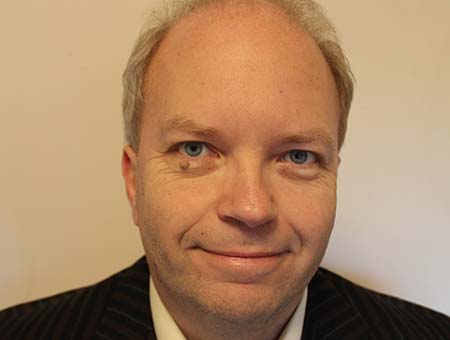Gallium 3.0 and StreamMaster 2.0 each add significant enhancements covering usability, operational efficiency and connectivity through widely recognised standards.
Graphics production and integrated playout delivery systems provider Pixel Power is launching new versions of its core software technologies: Gallium Workflow Orchestration and StreamMaster Media Processing.
The enhancements aim to move users from legacy architectures to software-centric, fully virtualised solutions for multi-platform playout and graphics production.
Through its functional-block architecture, the Gallium workflow orchestration platform allows system architects to build carefully tailored solutions to meet precise customer workflow requirements. Version 3.0 adds more than 50 enhancements with significant new functionality and usability improvements.
That includes both live and file-based open and closed subtitling; audio watermarking; live, scheduled and delayed recording and scripted configurable triggering of external systems.
In line with Pixel Power’s policy of supporting open systems in a flexible way, these triggers can use REST, UDP and XML based integrations.
Pixel Power’s media processing platform, StreamMaster, also sees a significant new version which adds capabilities that are driven by real-world requirements. StreamMaster 2.0 adds UHD support; uncompressed I/O over SMPTE ST-2110; OP47 and SMPTE 2031 subtitle insertion and flexible recording of the main output, input sources or clean feeds including playback whilst recording.
As well as scalable multi-channel master control playout, Gallium and StreamMaster can readily be configured to produce fast turnaround live content for VOD distribution, for example for a catch-up and time-delayed channels, while retaining the flexibility to change elements of the output such as advertising.
Commenting on the new versions, James Gilbert, CEO of Pixel Power, said: “It may be a well-used cliché, but we really do take active steps to understand in real depth what our customers will need, now and in the future. We have recruited people for our professional services team who have worked for broadcasters around the world and who know precisely what is required to meet today’s commercial, creative and operational requirements.
“They work with our customers to ensure they are making the most of modern, software-defined technology to create the efficiencies and agility they demand. They also keep our development team on their toes, ensuring we can support the requirements of future content delivery systems.”
Gilbert concluded, “You choose where you want to host it, based on your business requirements and the flexible, scalable licensing options we offer. Whatever deployment model you choose, we can architect a solution that will provide the same five nines or better reliability.”








































































